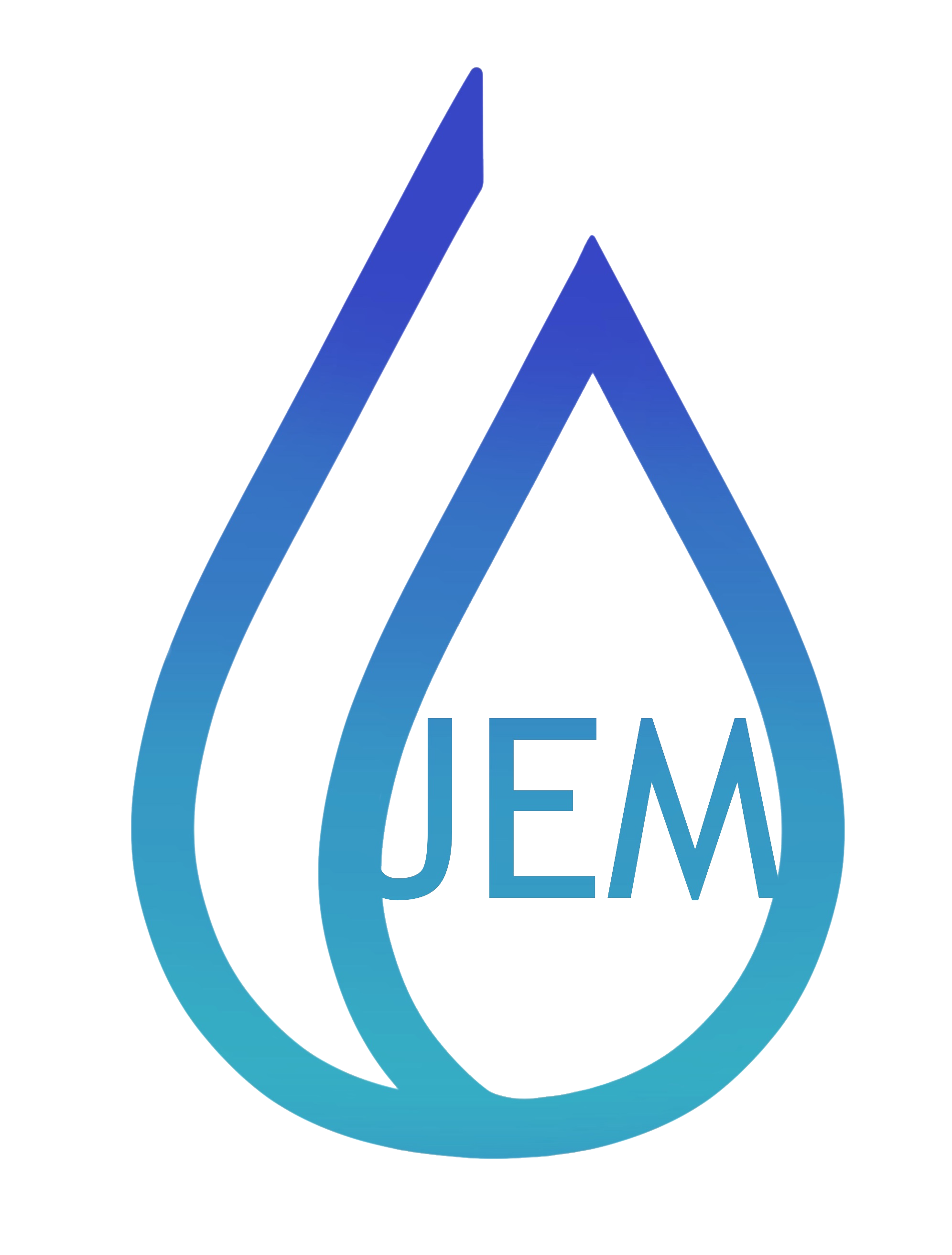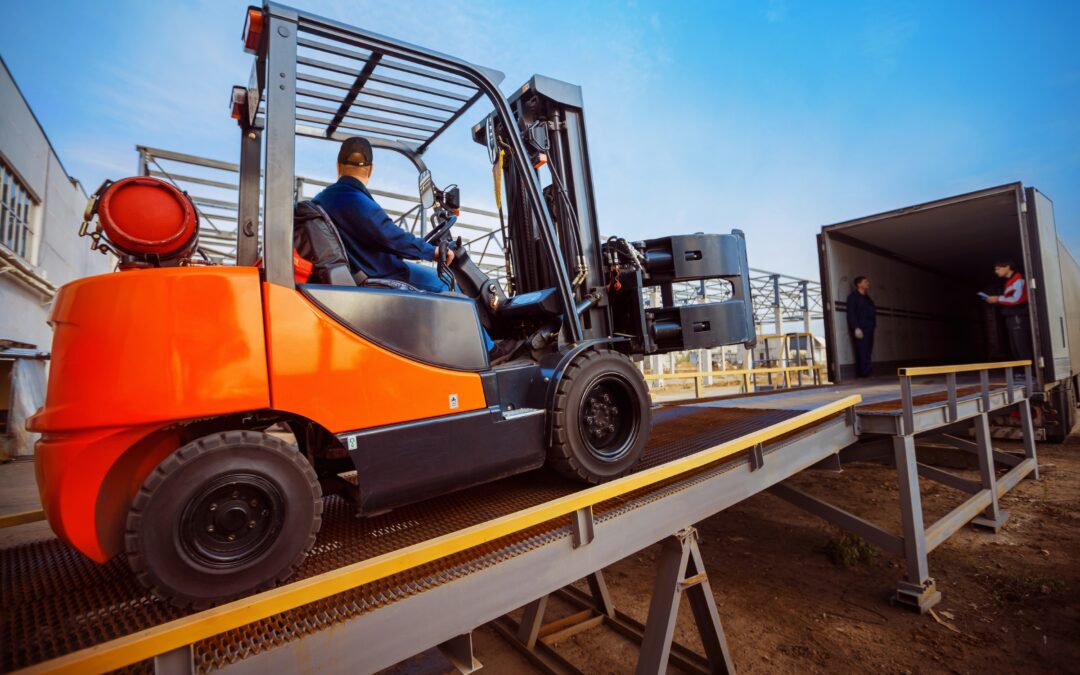Ramps and runways provide convenient access to various facility areas and assist in transporting materials and equipment. However, if they are not properly maintained or operated, they can present safety hazards for workers. Conducting regular inspections, ensuring proper maintenance, and implementing safety measures can help prevent accidents and injuries.
Discussion Points:
- Training,
- Potential Hazards,
- General Safety Rules and
- Emergency Protocols.
Discussion:
All employees who use ramps and runways should receive training in safe use and best practices. They must be aware of potential hazards, know how to navigate ramps and runways safely, and understand emergency procedures in case of an accident. Safety training and practice drills prepare employees to respond swiftly in emergencies.
Ensuring the structural integrity of ramps and runways is crucial for safety. These structures must withstand the weight of vehicles, their movement, and the wear and tear from frequent use.
General Safety rules for ramps and runways:
- Ramps must have a slope of no more than 1:3 (one vertical for every three horizontal) or a maximum angle of 20 degrees above the horizontal.
- Ramps and runways more than six feet above the ground or lower levels must be equipped with guardrails that comply with Fall Protection Regulations.
- Bracing must be added for support when extending a ramp’s span beyond twelve feet.
- Ramps must have a slip-resistant surface to ensure safety.
- Adequate lighting is essential in poorly lit locations to enhance visibility and reduce the risk of accidents.
- Clear and visible signage must indicate speed limits, weight restrictions, and other important information.
- Proper markings and delineations are necessary to guide vehicle movement and ensure that vehicles stay within designated areas.
- Ensure vehicles move efficiently and safely. Do not stop on a ramp or runway with a load, and do not overload with materials or people.
- Designate specific lanes or zones for different types of vehicles and dedicated walkways for workers.
- Never work under a ramp or runway.
- Regular inspections and maintenance are essential to keeping ramps in good condition. They help identify and address any signs of deterioration or damage.
- Keep ramps and runway surfaces clear of materials and debris.
Establishing clear evacuation routes, accessible emergency contact information, and a defined chain of command for emergency response is crucial. Prioritizing safety measures and emergency protocols helps ensure the safety of employees, prevents accidents, and provides a safe work environment.
As always, stay safe out there!


Recent Comments